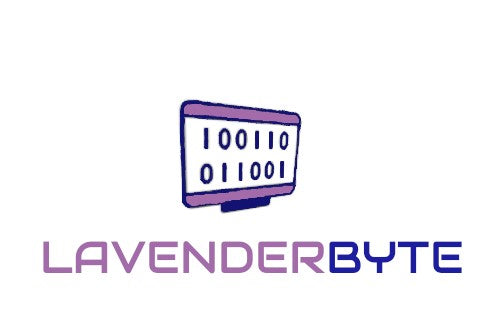Databases
What is a database?
- An organised collection of data stored and accessed electronically.
- Example: A customer database stores information like names, addresses and purchase history for a business.
Components:
SQL (Structured Query Language)
Example:
|
Relational Databases
Example:
|
Data Management
Example:
|
Understanding SQL and relational databases is key to efficient, secure data management.
